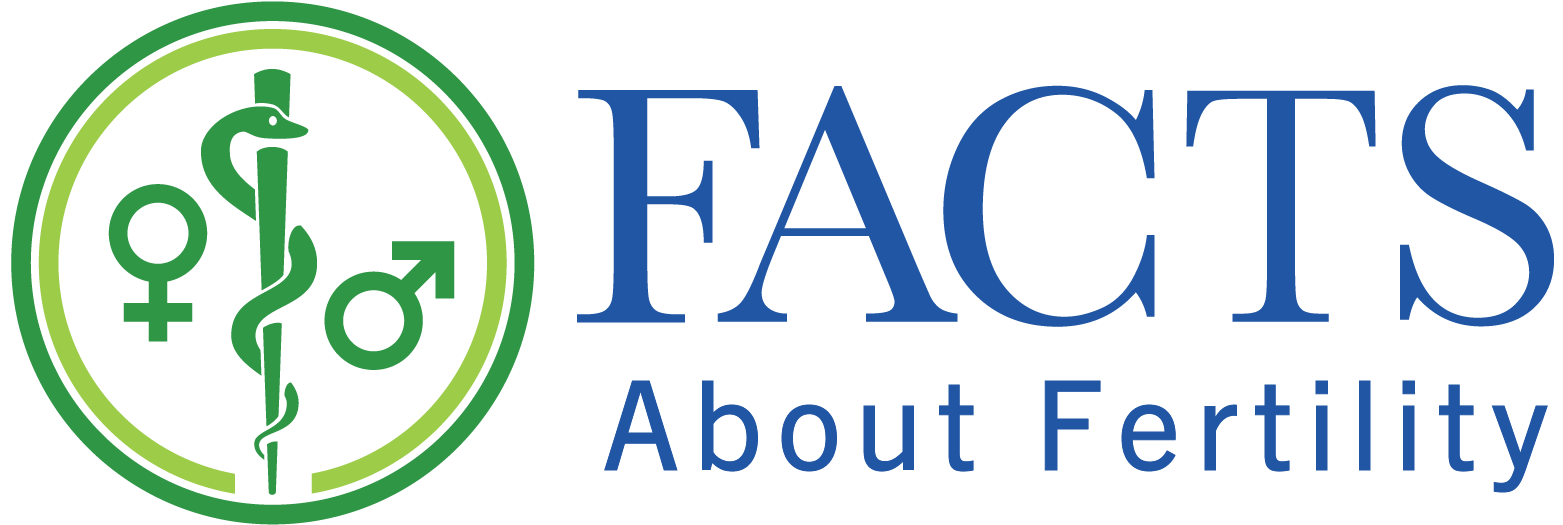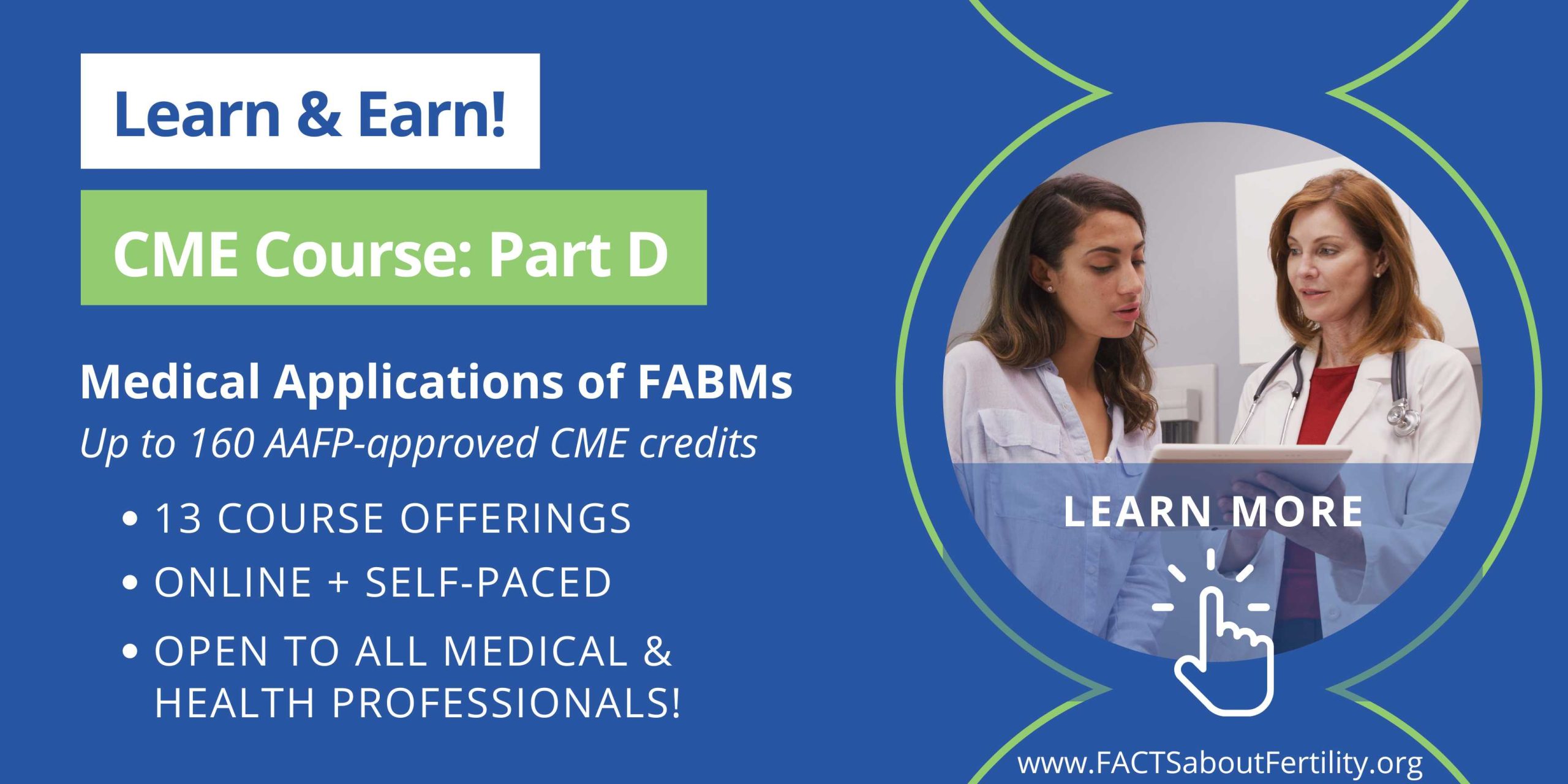By: Danielle Goduto
Editor’s Note : The role of anti- Müllerian hormone (AMH) has been a topic of interest as it relates to ovulation and fertility. This is particularly important for patients with polycystic ovary syndrome (PCOS), as elevated AMH levels are thought to contribute to infertility in these women. PCOS is only one of many common conditions in which a restorative approach that incorporates charting the female cycle may lead to an earlier diagnosis as well as interventions to prevent complications. To learn more about medical applications of charting with fertility awareness-based methods in the management of PCOS, search and explore related articles here and register for Parts D and E of our CME course here .
Introduction
Polycystic ovary syndrome (PCOS) is the main condition implicated in ovulatory infertility. Women with PCOS tend to have notably high levels of anti- Müllerian hormone (AMH). In the pathogenesis of PCOS, high levels of AMH hinder the effect of FSH, ultimately leading to follicular arrest. On the other hand, AMH is a clinical biomarker of ovarian reserve that is used to predict ovarian response to gonadotropins during in vitro fertilization (IVF). Some studies show a positive relationship between AMH level and response to gonadotropin ovarian stimulation. However, this study by Elsaid [1] challenges this conclusion by monitoring the ovarian response and pregnancy rates in women with PCOS during gonadotropin therapy based on their anti- Müllerian hormone levels.
“Women with PCOS tend to have notably high levels of anti-Müllerian hormone … (which) hinder the effect of FSH, ultimately leading to follicular arrest.”
Methodology
This study [1] was performed at Ain Shams University Maternity Hospital in Egypt and followed 300 women with PCOS who were scheduled for ovulation induction with gonadotropins. The patients were followed for three years in this prospective study. The inclusion criteria were (1) primary or secondary infertility for over 1 year, (2) age 18-35, (3) PCOS diagnosis based on Rotterdam criteria, (4) AMH > 0.4 ng/mL and/or FSH < 13 in early follicular phase, (5) normal semen analysis (WHO 2010 criteria), (6) no uterine cavity abnormality, (7) normal fallopian tubes, and (8) negative gonorrhea and chlamydia test < 1 year ago. The exclusion criteria were (1) BMI >35, (2) previous ovarian drilling or ovarian surgery, and (3) other causes of infertility.
The women underwent gonadotropin stimulation using human menopausal gonadotropin (hMG) at a daily dose individually established per patient that was titrated from day 6 based on ovarian response. AMH levels were measured on cycle day 3 before initiating the therapy. The women were separated into two groups based on the level of AMH: < 7.7 (group 1) or ? 7.7 (group 2). For each group, the ovarian response and biochemical and clinical pregnancy rates were assessed. Ovarian response was evaluated using serum estradiol measurement and transvaginal ultrasound.
Results
In group 1 (women with AMH < 7.7), the biochemical pregnancy rate was 30.6% and the clinical pregnancy rate was 20.6%. In group 2 (AMH ? 7.7), the biochemical pregnancy rate was 22.6% and the clinical pregnancy rate was 14.6%. The results were statistically significant with a P < 0.05. Of note, the total dose of hMG used for induction varied between groups; it was 687.8 ± 41.5 for group 1 and 862.7 ± 67.2 for group 2.
Discussion
The study results show a statistically significant difference in the response to ovarian stimulation in each group, suggesting women with excessively high AMH levels are more likely to be resistant to gonadotropin therapy. The previous school of thought that AMH levels are positively correlated with ovarian response is partially disproven. The results of this study suggest that beyond an “optimal rise” in AMH, the relationship becomes inverse. To distinguish the groups, this study used a threshold AMH level of 7.7, which had a sensitivity of 92% and specificity of 65% in expecting ovarian response to gonadotropin stimulation.
“The study results … suggest that women with excessively high AMH levels are more likely to be resistant to gonadotropin therapy.”
This study has clinical implications for the treatment of infertility in patients with PCOS. One implication mentioned is using AMH levels as a tool to predict outcomes for ovarian stimulation. Treatments for infertility can be expensive and emotionally draining for patients, so being able to predict successful ovulation using a blood test would serve this patient population. Since AMH levels can vary depending on the phase of a woman’s cycle, understanding the individual patient’s cycle could be key in using AMH as a tool. There is potential to create guidelines where serial AMH monitoring is used in conjunction with charting with fertility awareness-based methods (FABMs) to time when in the cycle would be optimal to attempt ovarian stimulation and achieve pregnancy. I would hypothesize that using a method of this nature would lead to more successful pregnancies in women with PCOS and less need for expensive treatments like IVF.

“Since AMH levels can vary depending on the phase of a woman’s cycle, understanding the individual patient’s cycle could be key in using AMH as a tool.”
Strengths of this study include the strict inclusion and exclusion criteria, which limited potential confounding variables. For example, women with BMI over 35 were excluded because obesity is an independent risk factor for infertility. Additionally, the finding that the patients in group 2 with AMH levels over 7.7 needed a significantly higher amount of hMG for ovarian stimulation further demonstrates the relationship between the variables.
One limitation is the study’s reproducibility on a larger scale with a more diverse group of patients, as this study focused on one hospital in Egypt. Furthermore, the established level of 7.7 for AMH was not discussed in depth. Understanding why that became the cut-off value could provide a deeper understanding of the results. The author does mention that other studies have different cut-off values for AMH among women with PCOS and attributes this to different kits being used for collection. This would prove to be a challenge in using AMH levels to predict outcomes for gonadotropin ovarian stimulation, given the lack of consensus on the appropriate cut-off value. Further research in this area can aim to establish solid reference ranges for AMH levels.
This study shows that women with PCOS who have exceedingly high levels of AMH can be resistant to gonadotropin therapy. Ultimately, this leads to decreased levels of conception, which may have significant emotional and financial repercussions for patients. This study demonstrates that AMH can have a different clinical application than previously thought in fertility medicine.
References
[1] Elsaid N (2016) Prediction of Ovarian Response by Antimullerian Hormone in Women with Polycystic Ovarian Syndrome: A Randomized Prospective Study. J Gynecol Res Obstet 2(1): 033-037.
ABOUT THE AUTHOR
 Danielle Goduto
Danielle Goduto
Danielle Goduto is a fourth-year medical student at the Chicago College of Osteopathic Medicine at Midwestern University. She completed her undergraduate degree at the University of Alabama in Tuscaloosa with a major in biological sciences and a minor in philosophy. She plans to focus on women’s health in her clinical practice. She enrolled in the FACTS course to gain knowledge about FABMs that she can share with future patients.
Inspired by what you read?
You can support the ongoing work of FACTS here. To connect with a member of our team, please email development@FACTSaboutFertility.org. Interested in becoming an individual or organizational member? You can learn more and register here. To discuss with a member of our team, please email membership@FACTSaboutFertility.org.





